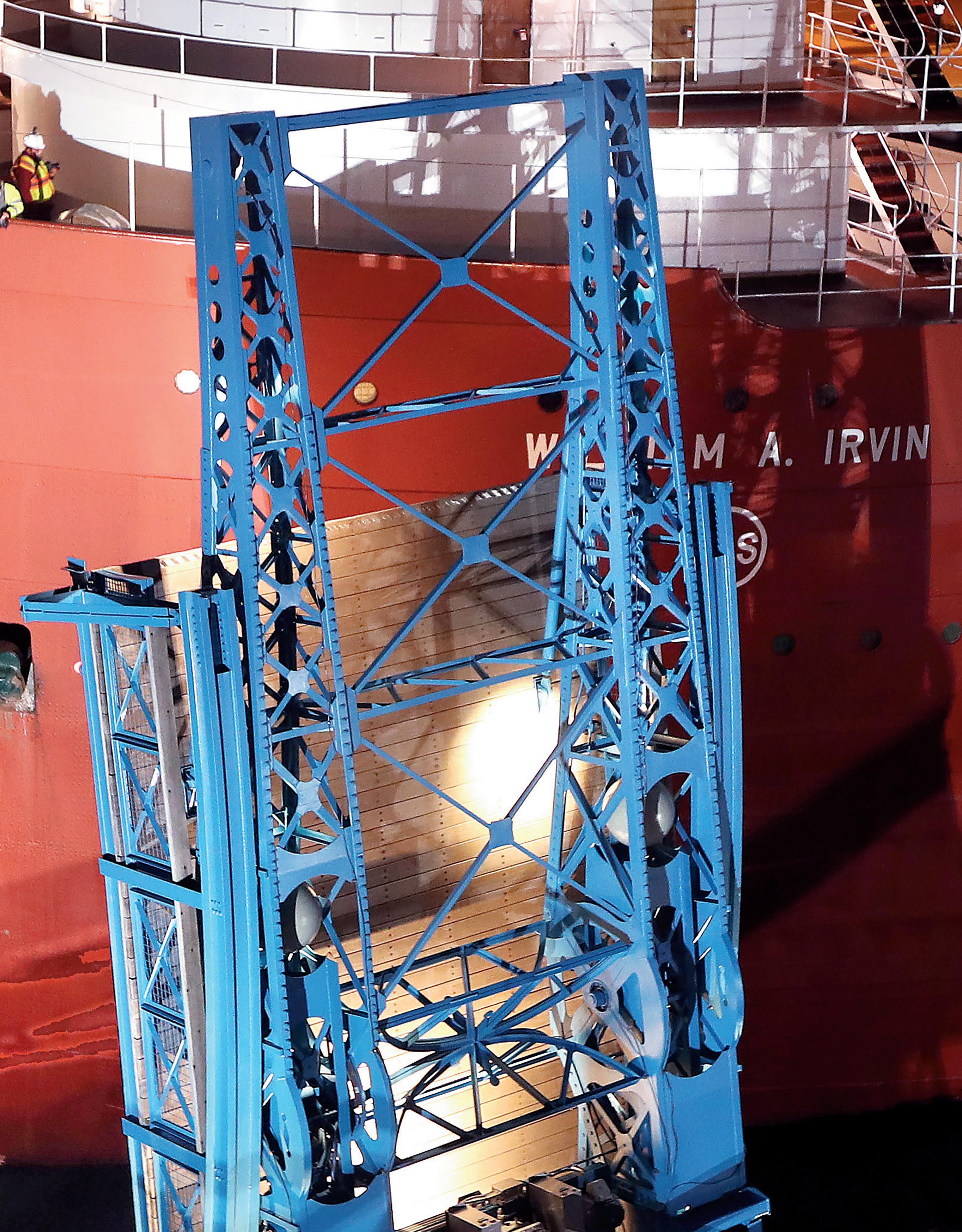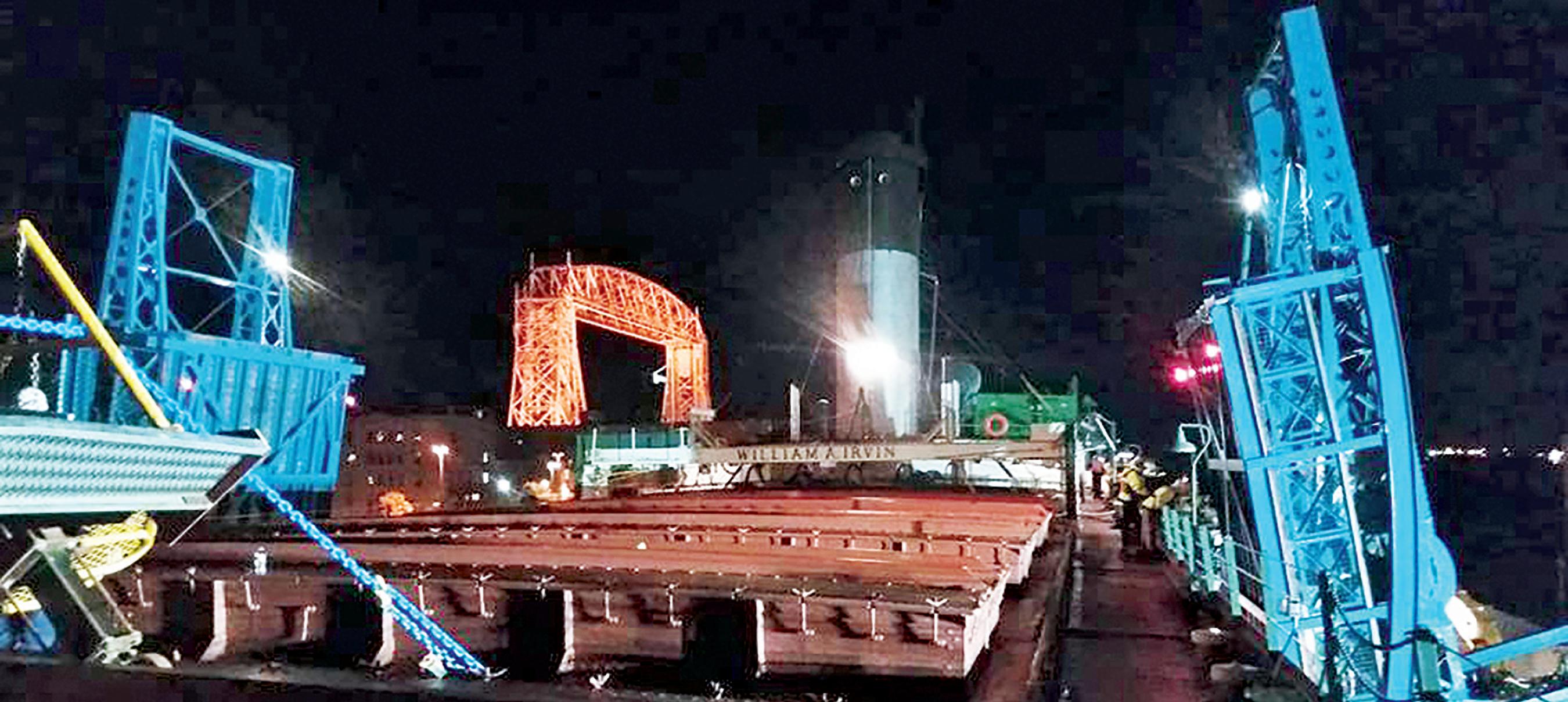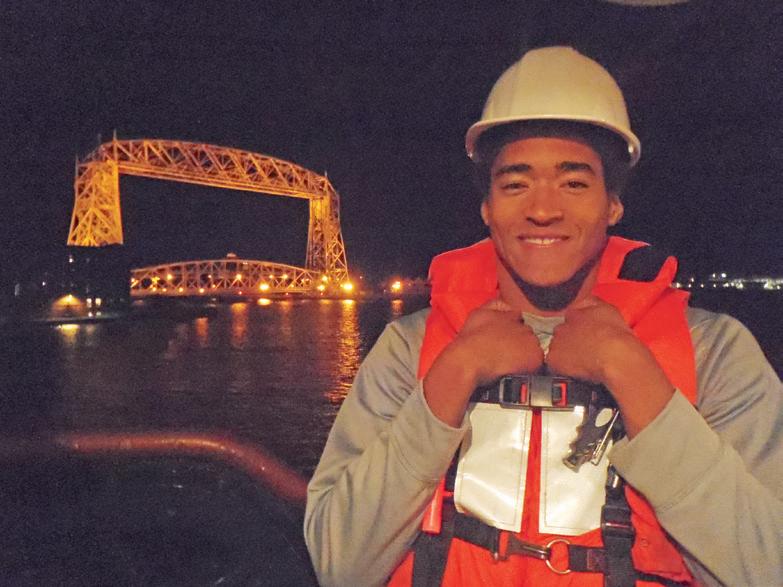
6 minute read
PLATED: WASABI SUSHI SHINES IN SUPERIOR

DIVERSE JAPANESE-AMERICAN MENU MAKES FOR A MEMORABLE MEAL
BY DENNIS KEMPTON
The spot at 3333 Tower Ave. in Superior seems to have nine lives. Formerly a drive-through liquor store that was formerly a Wendy’s, the space has been renovated for yet another life — this time as Wasabi Japanese Cuisine. Sushi in Superior? Oh yes, dear reader. Oh, yes.
Americans have had a complicated relationship with Japanese cuisine. Japanese immigrants, like so many others, brought their food culture with them to America but it wasn’t until about 40 years ago that it sort of exploded onto the American scene, beginning on the coasts. Over the years, it has found its way to every place in the country in around 5,000 Japanese restaurants — even in northern Wisconsin.
Sushi, sashimi and teriyaki are Americans’ favorites, and the Japanese have had to heavily adapt their native food to please American palates. A California roll, for example, is a purely American invention. True Japanese sushi is all about the freshest fish and vegetables. It doesn’t feature avocado or some other fillers that overpower the fish so acutely. The thing about America, though, is that we fold our cultures together, until the result is something distinctly our own.
Wasabi is easy to find on the long stretch of Tower Avenue across from Essentia Health’s hospital in Superior. The transformation of the interior is modern with dark woods and complementary Asian decor. The one big flaw is a large flatscreen TV in the dining room. It was tuned to a sports game when I was there. It’s unfortunate. We should be able to enjoy good food and good company without TVs in any place other than a bona fide sports bar.
Sushi chefs are set behind the bar in front of the main dining room, adding some flair. And the menu? It’s big, but don’t get overwhelmed. There’s an all-you-can-eat option for $19.99. You can pace yourself and try everything on the menu without having to take out a loan.
I started with a classic miso soup. This traditional soup is made from a base of dashi made with kelp. It adds tremendous umami to the soup, along with the miso paste and tofu. Wasabi’s miso is rich and flavorful. The menu offers a spicy version as well. It’s a little light on the tofu, which would add some texture and smoothness to the soup, but the miso is an excellent starting point.
American sushi has a lot of filler, and it’s usually served rolled with rice to cover the traditional nori wrap. The thing I like most about American Japanese sushi is the fulsome variety it presents, welcoming almost everyone to the table. Wasabi’s vegetarian options include a roll made with roasted sweet potato, and it’s addicting. Flavored with a hint of maple and sesame oil, it has a subtle crunch and smoothness that follows. The texture is almost meaty inside the rice and nori.
I tried two more rolls because how can you not? The Futo Maki, a harmonious combination of creamy avocado, cucumber, pickled radish, crab, egg and squash, is perhaps the most filling roll I’ve had at any restaurant in recent memory. The chefs know their sushi, and found balance with crisp vegetables. It’s fresh-tasting and bright.
Eel? Yes. Wasabi’s eel roll is light, with just the right mouthfeel of firmness and chew. Eel’s subtle flavor doesn’t overpower the cucumber, and the roll is delightfully simple.



To round off the abundant menu, I also had the Hibachi chicken. I love Hibachi cooking and its showmanship, but this dish, compared to the expertise and flavor of the sushi, was almost forgettable. The vegetables were lackluster, and the chicken, while tender, can’t compare to the fresh sushi fish.
Wasabi is an above-average representative of JapaneseAmerican cuisine. That it’s nestled in Superior makes it stand out all the more. Its star is the sushi, rolled tight and bursting with freshness and diversity. Everything else is too familiar, like a well-worn sweater. Comfort-food for sure, but if you want a memorable night, make sure you roll with the sushi. Dennis Kempton is an arts and culture writer in Duluth.
BY BEVERLY GODFREY

The blue bridge wasn’t there in 1986. When the William A. Irvin was placed in its slip, there was a little more wiggle room. But the bridge is there now, leaving only seven inches of space on each side when the Duluth landmark was moved on Sept. 21.

It took a lot of planning, outside support and hands on deck to make the move successfully. Among those onboard was the crew of Lt. Davan Scott, 31, commanding officer of the Twin Ports Division of the U.S. Navy Cadet Corps, a firefighting and medical unit based in Duluth.
Despite the high profile of the move, not a lot was heard about it beforehand. It had been widely reported that a $10 million environmental project will cap contaminated sediments in the Minnesota Slip. Nevertheless, “Operation Rivet,” as it was called by those in the know, was classified.
“We were actually told not to tell anyone about it,” Scott said.
On the night of the move, Scott was surprised to see a crowd had gathered.
“We got on deck, looked over the side, and there was this huge crowd there,” Scott said. “We knew towards the end that there was gonna be a bunch of people anyway, but we were to keep it as quiet as we could for as long as we could.”

Scott, a Duluth firefighter, started with the Navy Cadets in 2002 when the local unit was established. He worked onboard the Sundew back then and received on-the-job training during ice-breaking operations. He also worked on the Irvin for 14 years, starting out as a tour guide. Despite the large public interest in moving the lake freighter, he described it as “another day at the office.”
The relocation reportedly took only 4 hours, but Cadets started at 6:30 p.m. and didn’t get back to the DECC parking lot until 7:30 in the morning.
“We watched the sun go down and come up,” Scott said. Scott said his division worked 87 man-hours onboard the ship over the course of seven days about a month before the move. He counted figures quickly off the top of his head: 52 metal window coverings; 19 hatches to secure; 1,174 rusty “dogs” (clamps) fixed; 18 manhole covers; 24 threaded bolts; 11 welding jobs. They resurfaced, repainted, made sure ballast tanks were dry and did other general maintenance. He emphasized that maintenance personnel from the Duluth Entertainment Convention Center also did a lot of work to get the ship ready.
“It had been 32 years since they’d been used,” he said, explaining that there were moving parts that needed to be coaxed back into moving.
As for moving day, the third time was the charm.
“We were supposed to move the boats two other times this week,” he said. “Those both canceled due to the weather.”
The sudden notice and changing schedule meant not all the cadets were onboard at the start. Those who were started taking in lines and cables as excavators on the ground pulled the ship from the slip. There were stopping points along the way, though, and that allowed more workers to board to make the trip to Howard’s Pocket at Fraser Shipyard.
“By the time we got to the end of the dock, I had all my sailors on,” Scott said.
One of those on for the duration was Scott’s brother, Desmond Scott, 19. He graduated from the Navy Cadets in 2017 after five years of service, during which he attained the rank of petty officer third class as a damage controlman. As an experienced hand, he was asked to assist in the operation. As the ship slowly made its way out, he took a few photos.


“Since I have some experience doing stuff like that on the ship, I kind of hopped back and forth, line handling,” he said.
Desmond’s experience on the Irvin includes haunting it at Halloween, something he used to prepare for all September, then perform all October.
“I miss that a bit because 2017 was my sixth year doing it, third year being a core actor,” he said.
Desmond recently was seen onstage in “Of Mice and Men” and “The Toxic Avenger.” Although the Irvin acting gig is closed this year, he said he hopes to return when the Irvin is moved back.
Davan Scott said the move was stressful and took “three years” off his life, but it would have been five years had everyone not done such a good job. It was a long, slow, careful process, the ship moving along at 1 foot every 4 seconds.
A wind coming up from the west was a concern but wasn’t detrimental to the operation, Scott said, though the ship seemed to want to pull toward the lift bridge and pier wall near Bellisio’s.
“Once we started shifting from barge control to tug control, we had to let out a few lines,” Scott said. “The stern started slowly swinging toward the dock by Grandma’s Sports Garden because of the wind.”
He said in the end, the operation went smoothly, and the tug had it under control. Scott said he hopes to have Cadets help move the ship back in the spring of 2019. Beverly Godfrey is features editor of the Duluth News Tribune and Duluth.com magazine.











